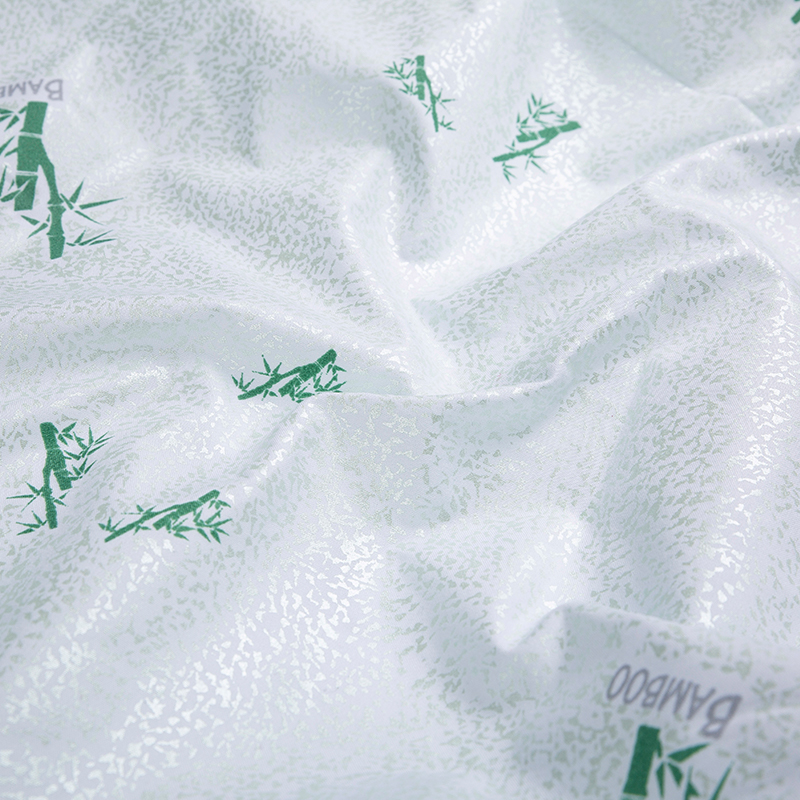Premium quality since 2002!
As technology advances and consumer expectations shift, the future of polyester printed fabric looks promising. This dynamic material is poised to redefine industries ranging from fashion to home textiles, thanks to emerging trends and groundbreaking innovations.
Smart Fabrics and Wearable Technology
One of the most exciting developments in the textile industry is the integration of smart fabrics. Polyester printed fabric is uniquely suited for embedding sensors, conductive threads, and other electronic components due to its strength and flexibility. Imagine a jacket with built-in heating elements or a dress that changes color based on temperature—these futuristic concepts are becoming reality.
Wearable technology powered by polyester printed fabric holds immense potential in healthcare, fitness, and entertainment. For example, smart workout clothes could monitor heart rate, hydration levels, and muscle activity, providing real-time feedback to users. Such innovations enhance safety, performance, and overall well-being.
Hyper-Realistic Digital Printing
Advancements in digital printing technology are pushing the boundaries of creativity. Modern printers can reproduce hyper-realistic images, gradients, and textures on polyester fabric, rivaling the quality of photographs. This capability opens up new avenues for customization, allowing consumers to personalize everything from clothing to home décor.
Customization is especially relevant in the era of e-commerce, where shoppers increasingly seek unique products. Brands leveraging digital printing on polyester can cater to niche markets, offering limited-edition designs or bespoke creations tailored to individual preferences.

Sustainable Practices
Sustainability remains a top priority for the textile industry, and polyester printed fabric is no exception. Efforts to reduce environmental impact include expanding the use of recycled polyester, adopting water-conserving dyeing methods, and exploring biodegradable alternatives. These initiatives aim to address concerns about microplastics and landfill waste associated with traditional polyester.
Biotechnology is another frontier in sustainable polyester production. Scientists are experimenting with bioengineered enzymes capable of breaking down polyester fibers naturally. If successful, this breakthrough could revolutionize waste management and pave the way for truly circular supply chains.
Augmented Reality (AR) in Retail
Augmented reality is transforming how consumers interact with polyester printed fabric. Virtual fitting rooms enable shoppers to visualize how garments will look before purchasing, reducing returns and enhancing satisfaction. AR apps also allow users to preview printed fabrics in their homes, ensuring they select the perfect match for their interiors.
This immersive experience bridges the gap between online and offline retail, fostering deeper engagement and trust. As AR technology becomes more sophisticated, its applications in the polyester fabric sector will continue to expand.
Cross-Industry Collaborations
Collaborations between fashion designers, tech companies, and scientists are driving innovation in polyester printed fabric. By combining expertise from different fields, stakeholders can develop multifunctional materials that meet diverse needs. For instance, partnerships between automakers and textile manufacturers have led to durable, stylish car interiors made from printed polyester.
Such collaborations foster creativity and accelerate progress, ensuring polyester remains at the cutting edge of material science.

 English
English 简体中文
简体中文









